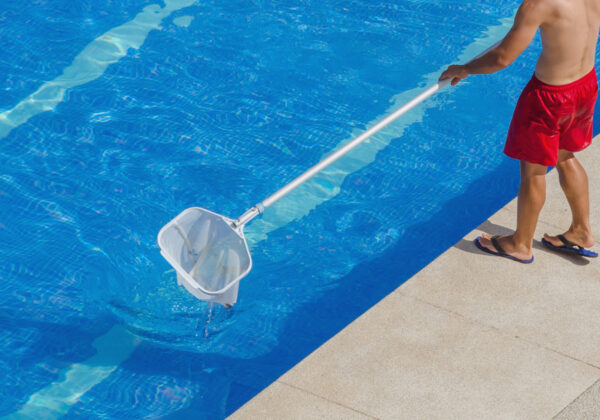
Lorem ipsum dolor sit amet, consectetur adipiscing elit. Ut elit tellus, luctus nec ullamcorper mattis, pulvinar dapibus leo.

We are a local company that is family owned and operated. We understand Arizona pools! We take pride in our customer service, taking the time to make your pool the place to hang out, throw parties, relax and escape the stresses of life.
© Copyright 2024 | All Rights Reserved. Developed by Brotherly SEO